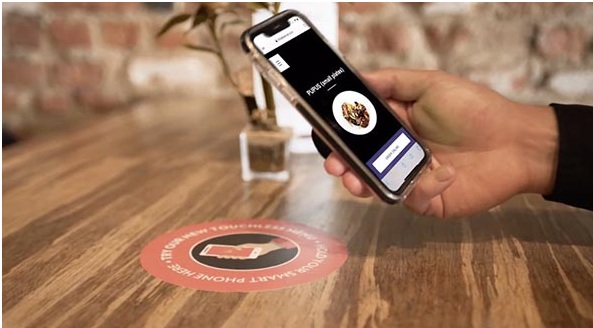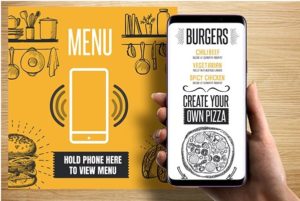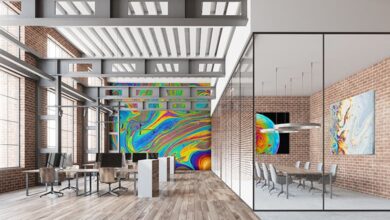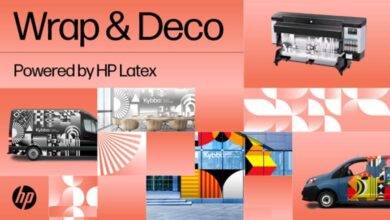Covid 19 Trends: Touchless Menu Technology for Restaurants

Coronavirus crisis has disrupted the way we live and do business in ways that we could have not imagined. It forces businesses to adapt to challenges of the Covid 19. One of the sectors who suffered a lot during the pandemic. Now that restrictions are easing up restaurants and bars have a new set of challenges to face. The have to implement social distancing as well as hygiene protocols.

A new product that can help them a lot is SpeedPro’s touchless menu. The new technology dubbed as InfoLnkX allows diners to make orders using their phones instead of handheld menus for safer dining experiences. InfoLnkX can be strategically positioned within a restaurant’s high-interaction customer touchpoints like host stands and dining tables. And all a customer needs to do is hold their phones up to the sign. It then opens the restaurant’s menu through the web browser on each guest’s mobile device.
“We knew this touchless technology would change the customer experience. We were in the process of developing it prior to the pandemic and have expedited the tech’s launch in order to aid businesses in their reopening and social distancing efforts to provide a solution to critical need restaurants and other businesses face today”, said Larry Oberly, SpeedPro’s CEO.
According to the company, the touchless menus will not only support social distancing among customers and staff but will lower restaurant overhead costs by reducing the number of menu reprints. The smart signage can also provide more than what can be printed on the display. Customers can be directed to website links, video files, audio files and other types of communication. This content can play a critical role in business and community safety.
There are many ways that InfoLnkX can be implemented. For example, SpeedPro is installing InfoLnkX Near Field Communication (NFC) tags in large-format print applications including signs, wall murals, decals and more in order to direct a user to a website link or other digital content: video, audio, app downloads and more. This new spin on smart signage creates an easy user experience (UX) that bridges the gap between in-person visual communication and the online experience, which provides additional information and flexibility. It expands marketing options to be able to reach the engaged audience through retargeting long after the in-person interaction.

.gif)



